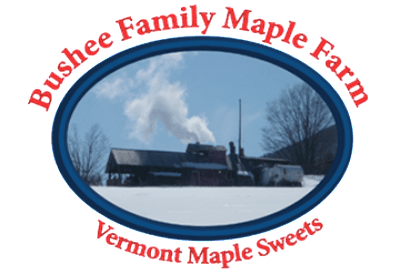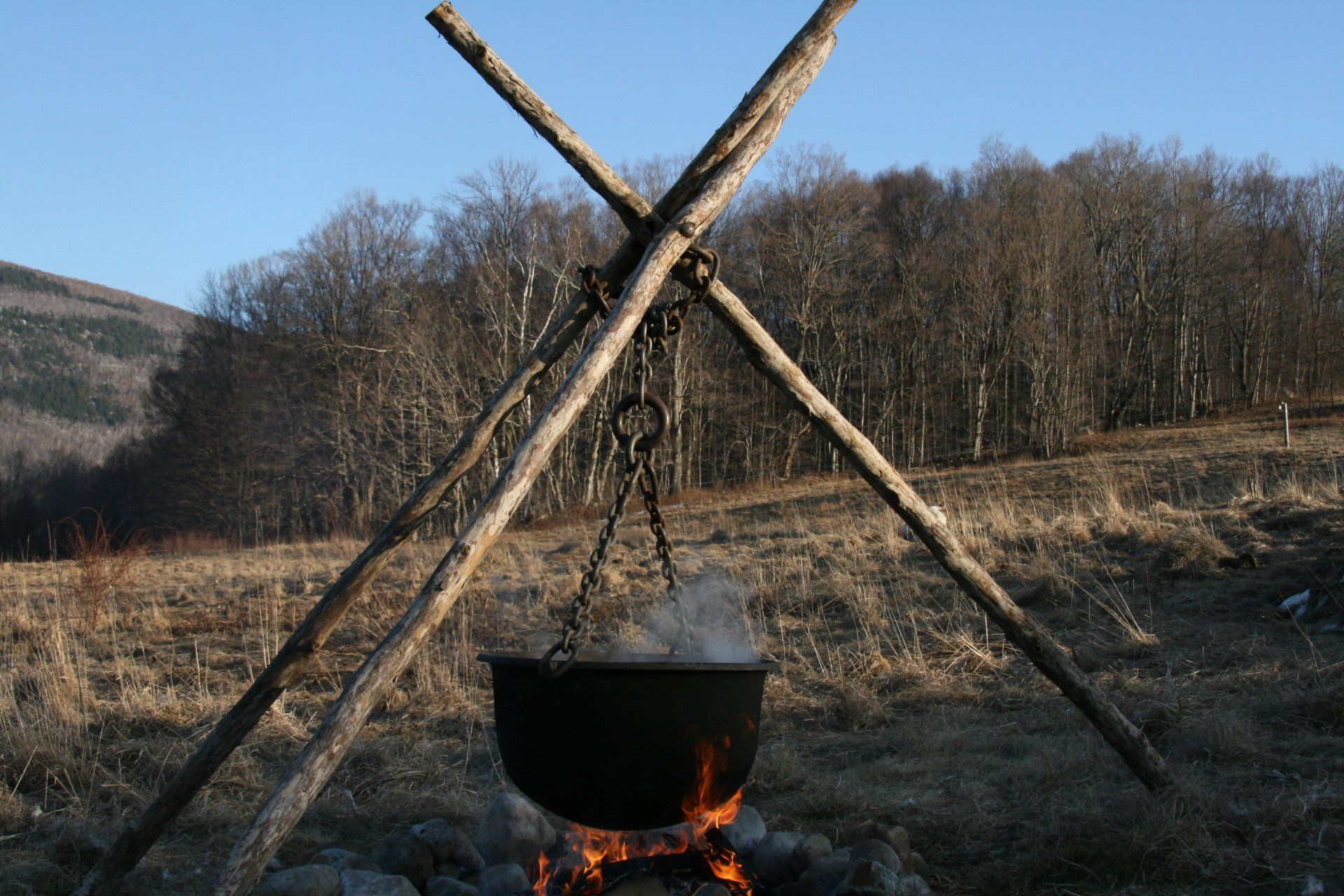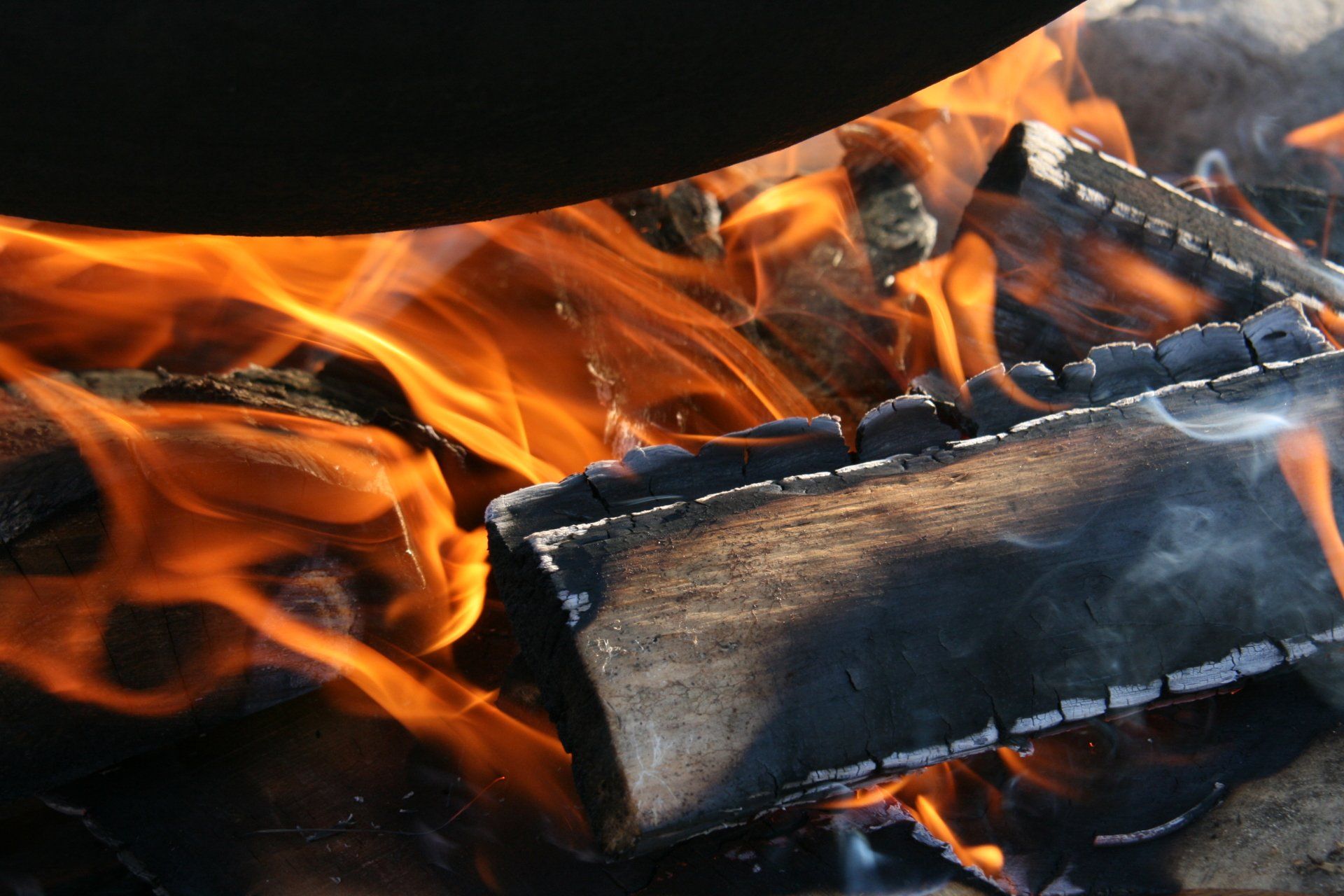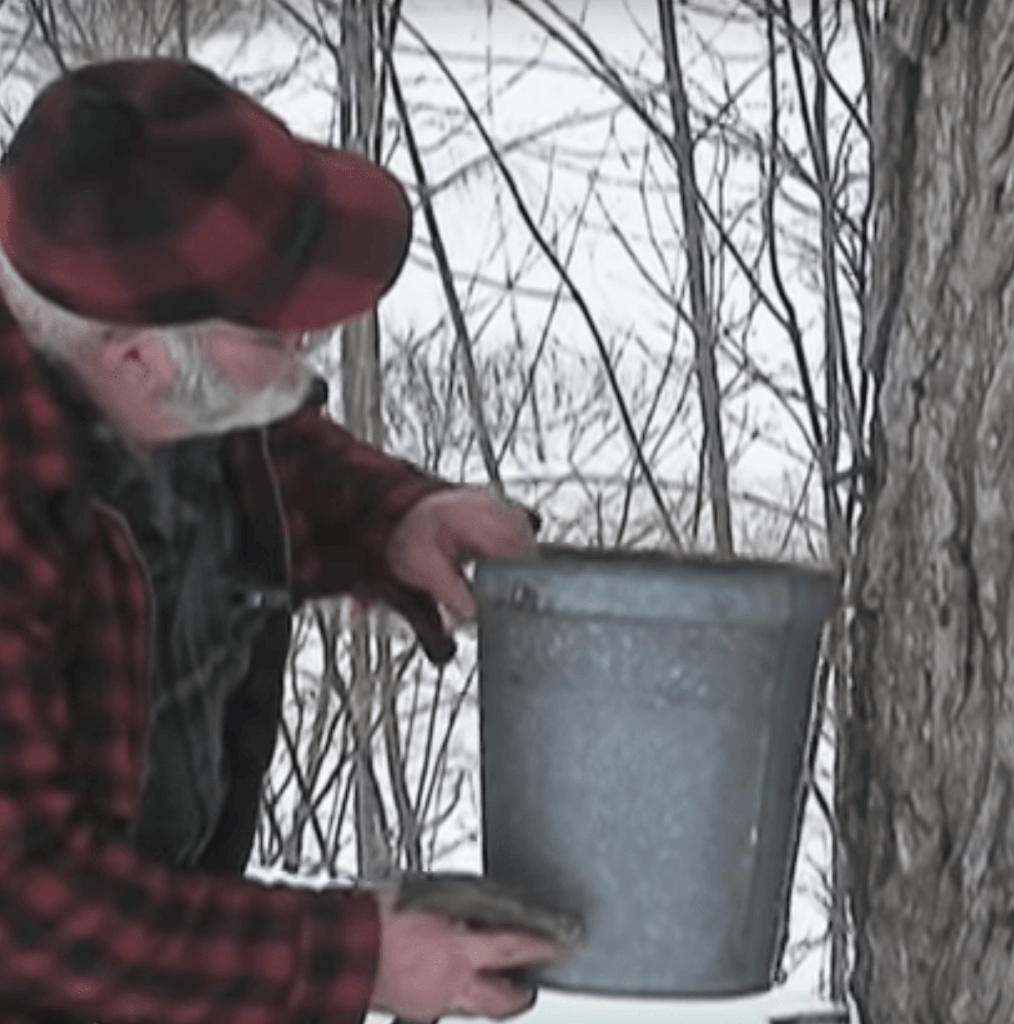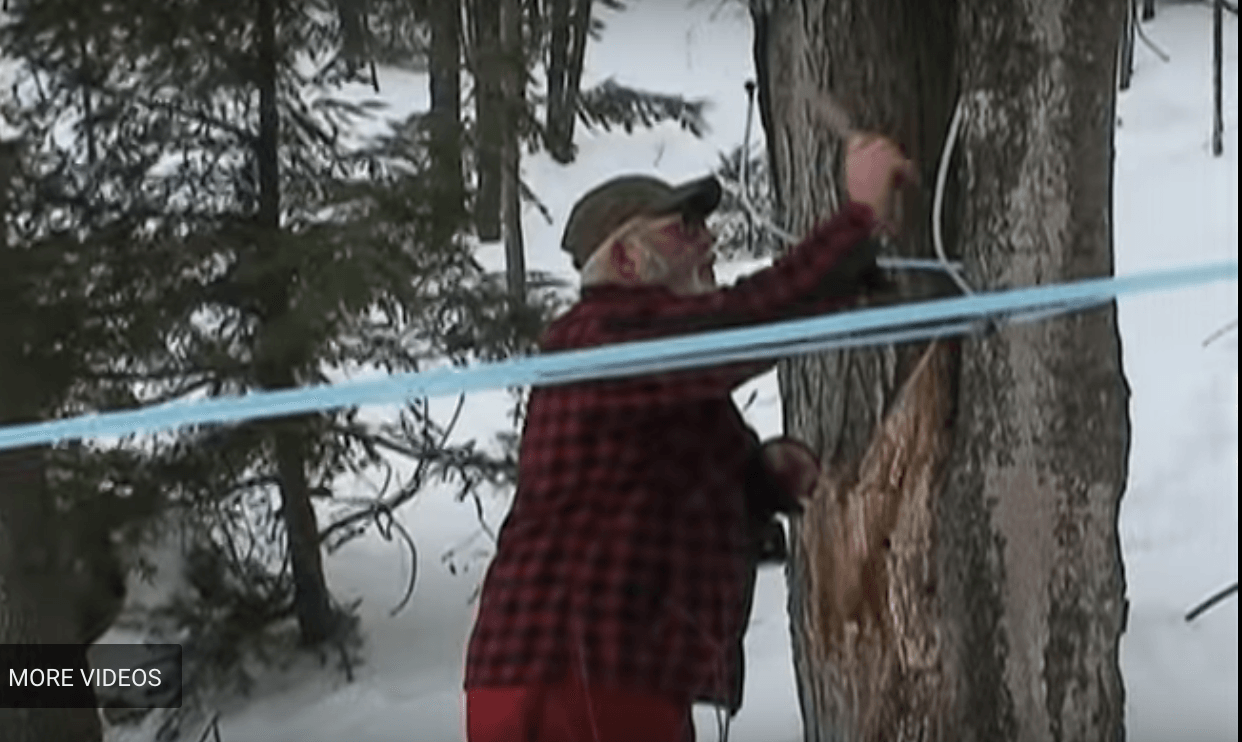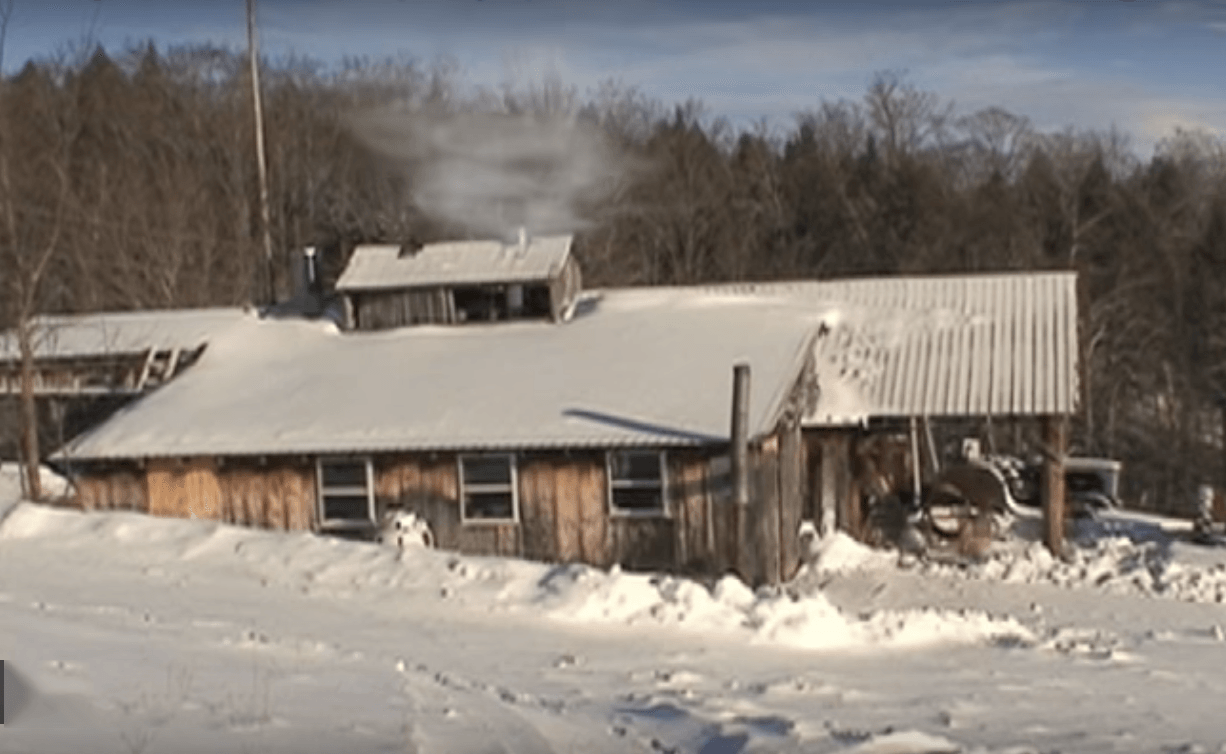Maple & More
The Discovery of Maple Syrup & Sugar
Maple syrup and maple sugar were America’s first natural sweeteners. Long before settlers arrived with the European honeybee to make honey, American Indians, in the Northeast, set-up sugaring camps within sugar maple woods. These camps produced a nutrient-rich sweetener that was high in minerals.
There are various folk tales of how it all began. One story told is that an Iroquois chief thew his tomahawk into a maple tree on an early March evening. The following morning, after removing the tomahawk, he saw sap oozing from the cut in the tree. He tasted its sweetness, collected some in a container and took it back to his teepee. His wife added the sap to meat she was cooking and as it reduced down, there was still a sweet maple flavor.
History reports the Indian process for making sugar was quite crude when compared to how it's done today. They reportedly used hollowed-out logs and heated rocks for evaporating the sap. Their collection and storage containers were made of birch bark. Most Indian tribes boiled and crystallized the maple sap to make a granulated maple (Indian) sugar instead of making maple syrup. Because storage of syrup was a problem, they used sugar to sweeten their food.
Vermont’s maple syrup industry was born around the time of the Civil War. Most maple producers were dairy farmers who tapped maple trees on their property to make maple syrup and sugar as a source of extra income. As maple sugaring transformed into a salable product, the Vermont Maple Sugar Maker’s Association was founded in 1893.
In the old days sap was collected in buckets from tapped trees and boiled in a kettle. Today trees are still tapped, but the sap moves through tubing to a collection station, then pumped to the sugar house and often run through reverse osmosis equipment to remove water before moving the sap to the evaporation pan. The syrup is stored in drums until it's time to can or make sugar, candy and cream or moved to the canning to make syrup.
Get more information on how the trees do it and how we do it.
